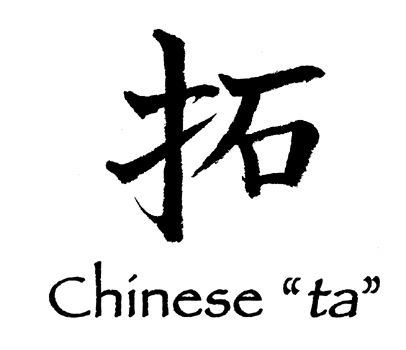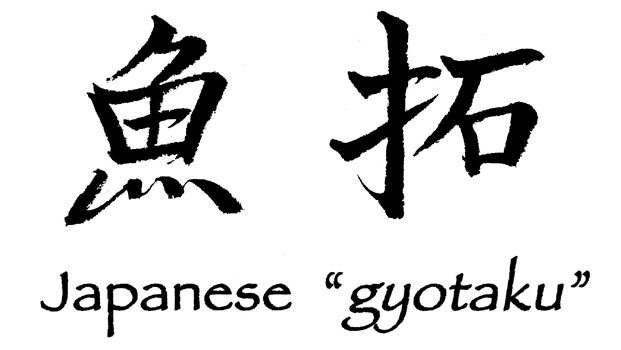|
What is Gyotaku?
Gyotaku is a Japanese word that literally means “hand-rubbed fish impression” and involves brushing a thin coating of ink on the surface of a fish, and making an impression of the inked fish on a thin sheet of paper. The oldest known gyotaku date to the 1860s and were made to record the catch of a Japanese fisherman. Although gyotaku may have originally served to record the sizes and species of memorable fishing catches, it has since evolved into a highly prized, fine art form. Gyotaku was first introduced to the United States from Japan in an exhibition in 1956 at the American Museum of Natural History in New York City.
Although this art form is recognized as distinctly Japanese, the roots of gyotaku, like the roots of Zen, can be traced back to the influx of Chinese culture to Japan many centuries to a millennium ago. In China, making inked rubbings of calligraphic inscriptions on stone or bronze monuments have been practiced for a long time. In Mandarin Chinese, these inked rubbings are called ta. The two separate characters for “hand” and “stone” when combined together yield the character ta:

Making inked impressions from fish is not a typical Chinese art form. However, in Japan where it is well-known and practiced, gyotaku is written as two kanji (Chinese characters): “fish” (gyo) and the same character long used in China to indicate inked rubbings from monuments (taku in Japanese):

The similar-sounding Japanese taku and Chinese ta indicate that the concept of taking inked impressions from objects as well as the word describing such impressions were adopted by the Japanese when written language was introduced to Japan from China. Subsequently, the Japanese creatively enlarged upon this practice by making inked impressions of fish, thereby creating a very unusual and distinct artform.
|